Mozambique: Terrorists attack Russian oceanographic vessel off Tambuzi island - AIM report
Mozambique: Who supplies General Nhongo with weapons? – Probably no one, says expert
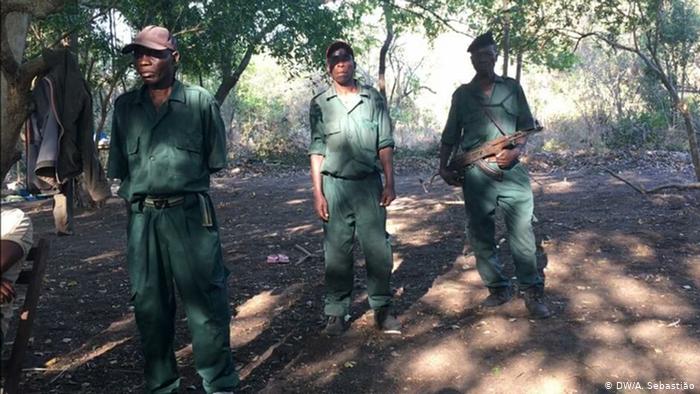
File photo: DW
The weapons that Mariano Nhongo’s ‘military junta’ is using are those that Renamo has always had, disarmament expert Albino Forquilha says. “There are many hidden weapons in Mozambique,” he adds.
In an interview with DW Africa, the director of the Mozambican Force for Crime Investigation and Social Reintegration (FOMICRES), Albino Forquilha, said that the weapons that Mariano Nhongo’s military junta is using do not come from external supporters, but are those which Renamo has always had.
Forquilha, who asserts that “there are many hidden weapons” in the country, says this puts Mozambique in a “dangerous” situation.
According to the former soldier, the provinces of Inhambane, in the south of the country, Sofala, Manica, Tete and Zambezia in the centre, and Niassa in the north, are regions “with very strong indicators of arms hiding places”.
Forquilha also said that during the process of disarmament and cantonment of the military, shortly after the end of the war in 1992, the United Nations and the Government of Mozambique failed to respond to people’s warning of concealed weapons in their villages.
DW Africa: How do the attacks taking place in central Mozambique come about?
Albino Forquilha (AF): These are attacks which stem from the deficiencies of the Definitive Peace Agreement signed on 6 August 2019, preceded by another signed in Chitengo, Sofala, concerning disarmament and demobilisation. Many have said, including myself, that we are facing a fragile or even deficient agreement, because it was not based on all the risk factors that could arise from the self-same agreement.
This disarmament, demilitarisation and reintegration of Renamo’s residual forces has more to do with the demobilisation of Renamo’s residual military from the first 1992 General Peace Agreement, which failed to effectively remove all of these elements. And these recent negotiations, which culminated in the signing of the August 6 agreement, are effectively a completion of the 1992 agreement.
There was a need for all aspects around this group to be properly addressed, which did not happen. Reaching this agreement required a great deal of trust between the late Renamo leader [Afonso Dlhakama] and the government, and [the process] was successfully resumed by the current [Renamo] leader, Ossufo Momade. On the side of President [Filipe] Nyusi, there was much anxiety around signing the document quickly to bring results during the election campaign.
This issue of peace, of military hostilities, is not just Renamo’s business. The President of the Republic had, for me, a responsibility not to sign the agreement before unifying the Renamo force. This has not happened, and the consequence is these attacks.
DW Africa: You said the country is in a dangerous situation because of the action of this ‘Military Junta’. How do you disarm this ‘Military Junta’?
AF: Now this subject is a bit complicated. I would not wish to talk about disarming the military junta only, but would also like to talk about that force being cantoned, under Renamo supervision, and under the agreement itself. The only way left to have this force disarmed and demobilised is to go into the field and negotiate. In order to effectively talk to the Military Junta, another revision of the peace agreement should be made.
DW Africa: Where do you think General Nhongo and the Military Junta get weapons to trigger the attacks?
AF: I can talk about this with a certain degree of knowledge, given that I participated in the disarmament process in the country. The country stopped working on identifying and removing weapons at a time when there was a great need [of it continuing to do so]. Peace in 1992 was received by Mozambicans with much euphoria and this removed the emphasis on disarmament.
The risk factors which could cause shooting were imminent. We had a population traumatised by war and poverty. We still have several armament caches in the country. General Nhongo may not need to look abroad.
When we – just civil society – were collecting weapons, I would say that out of the 150,000 weapons we collected each year, there were always about 30% of people’s calls to collect weapons that we could not meet. And whenever we went to the field, we collected a lot of weaponry, which is a clear indication that we stopped disarmament when there was a great need to do it.
Even in 2013, when Renamo started with hostilities, there was still a lot of weaponry. They could face the army very well, because they had weapons and ammunition. I do not believe that such weapons are being decommissioned. Our research shows no evidence that weapons come from outside. We have plenty of weapons yet to be collected in our country.
DW Africa: How dangerous can an obsolete weapon be?
AF: Technically it’s obsolete when it doesn’t fire anymore. While it’s still firing, it is not obsolete. Now many of the weapons we found hidden away were properly kept. We had already found weaponry in properly dug and cemented caches. And we also have weaponry that soldiers abandoned because of the intensity of the war, or buried or left in a certain place. These last are the weapons which are obsolete. And then, when we still have people in the country who need these weapons, as we recurrently have , people take care of these things.
DW Africa: Which areas have the most hidden weapons?
AF: We didn’t have a plan. We went to collect the weapons sporadically, and we came up with a national plan that was not welcome because we didn’t want to scare the tourists. I remember a study we did at the time, which showed that there were many collective hiding places, as we called them at the time. The government said not to publish this study for the same reasons. So it’s hard to say. But from the work we did between 1995 and 2005, we have the provinces of Inhambane, Sofala, Manica, Tete, Zambezia, Niassa. These are the regions with very strong indicators of hiding places – and I am talking about a study I carried out.
And we are talking about collective hiding places. But there are many other war materials which only individuals know about. During the war, we had an almost [completely] armed population. Everyone left the battlefield if given the opportunity, and the weapons were abandoned there. This is the second level of disarmament that we put to the international community here in Mozambique.
DW Africa: Does that mean that the Military Junta knows the areas where these guns are hidden and knows where to go?
AF: The Military Junta is the extension of Renamo’s military force. They know the battlefields and the best hiding places very well. So they have all this material. They would not be undertaking this challenge without contemplating the means necessary to do so. I believe they have this knowledge that can weaken the country from the point of view of peace.
DW Africa: Do you think Nhogo can lead a 16-year-old war?
AF: I have no doubt – although the Military Junta does not want to make a war comparable with the 16-year war. But the residual Renamo men who are waiting to be demobilised may now be thinking of joining the Military Junta guerrillas. Right now, nobody knows how many people are with General Nhongo.


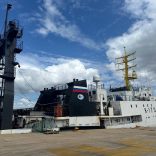
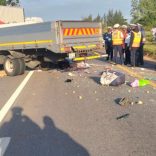
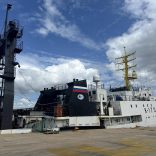
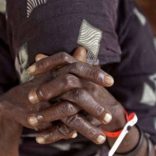

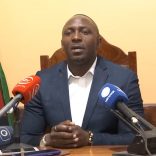
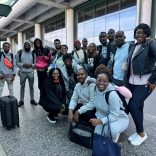
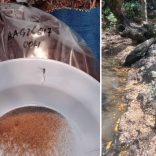



Leave a Reply
Be the First to Comment!
You must be logged in to post a comment.
You must be logged in to post a comment.